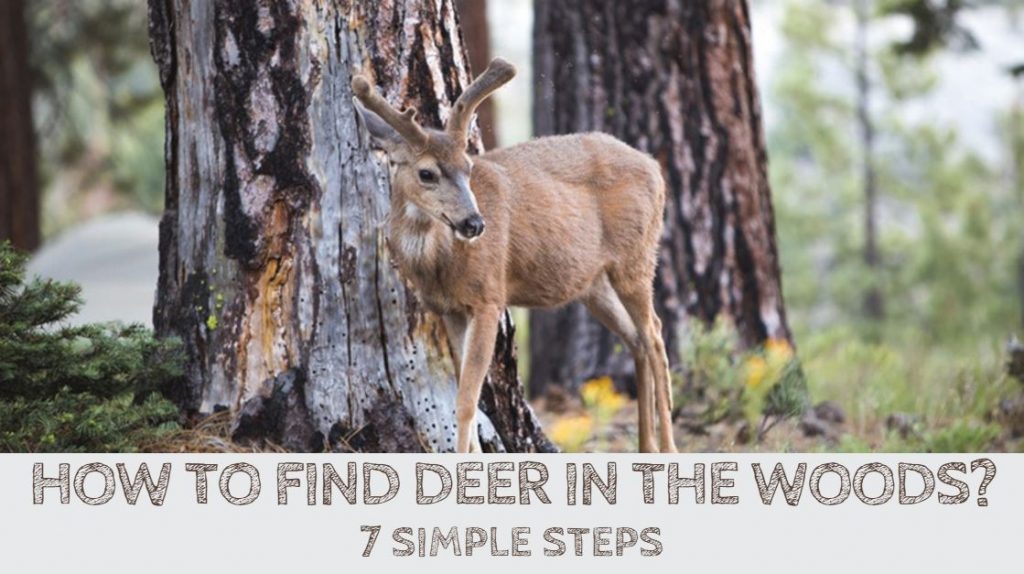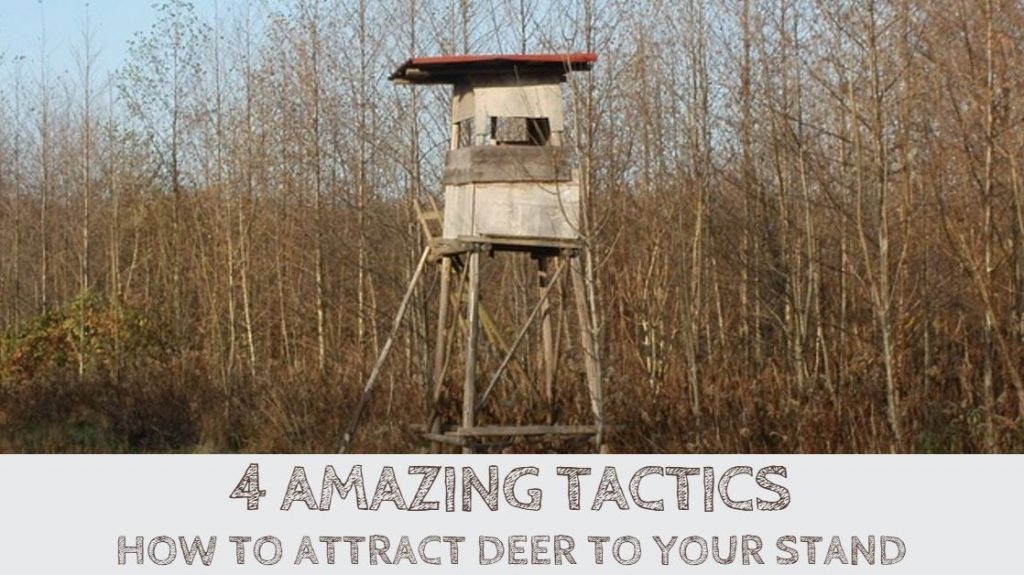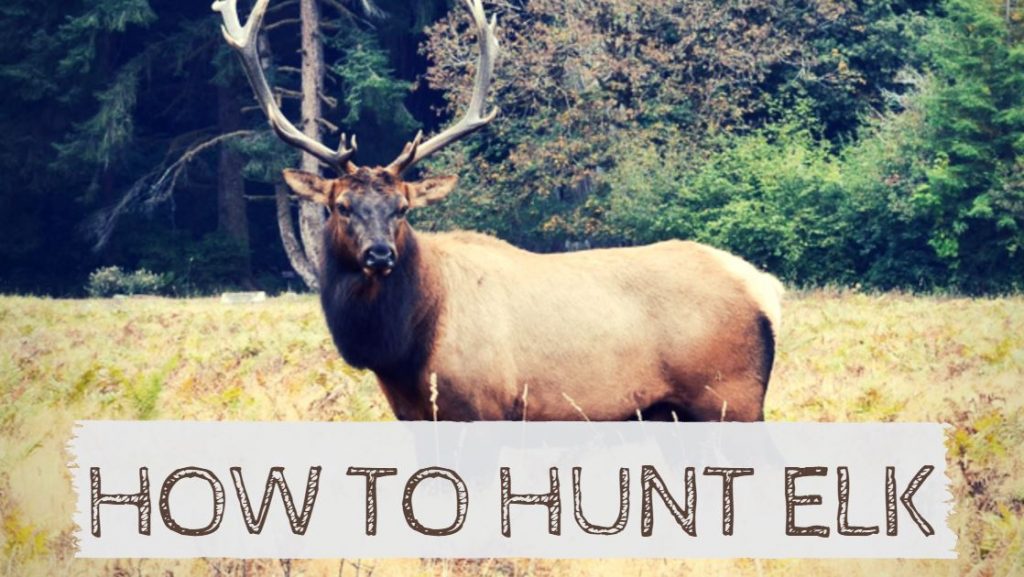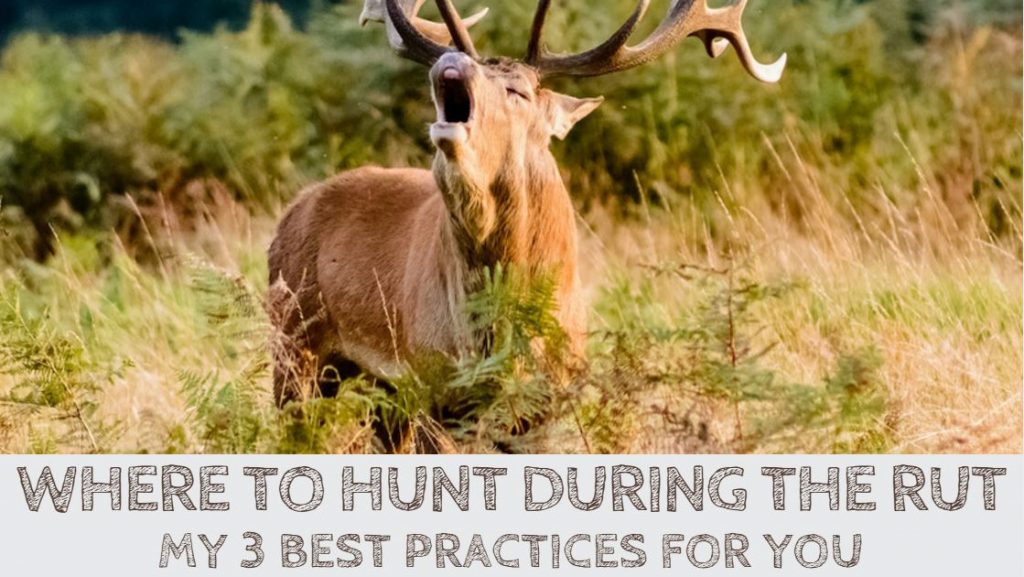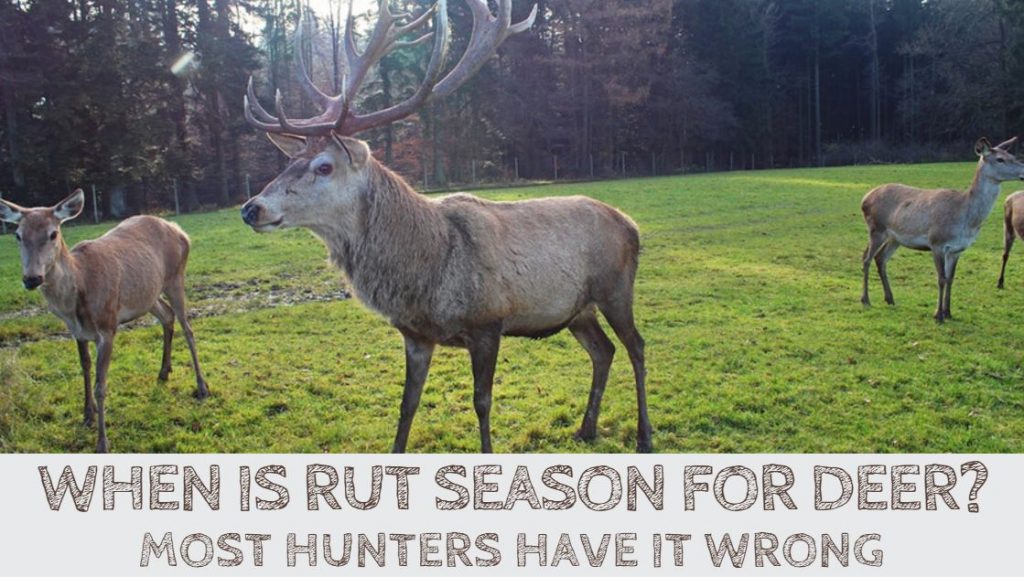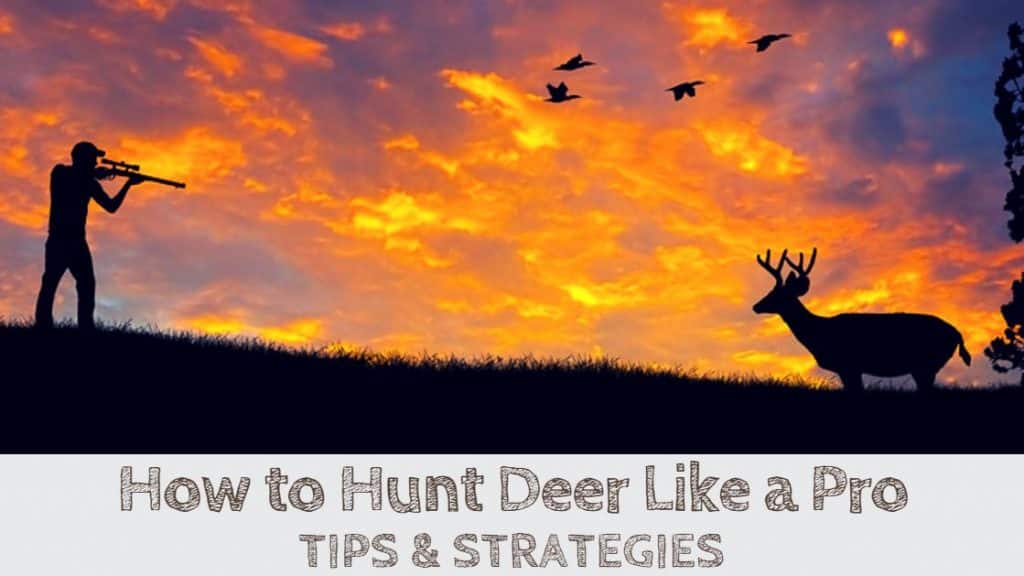Whether you are a hunter who enjoys tracking or in observing deer their natural habitat, you must know how to find deer in the woods.
But finding deer can be rather challenging for budding hunters. That’s why we will advise you to do a bit of research before beginning your quest.
Preparing in advance will ensure that you have a great time and also aid in your safety.
How to Find Deer in the Woods
Steps on How to find Deer in the Woods.
- Step 1: Pick a Place
- Step 2: Pick a Prime Time
- Step 3: Pay Attention to Subtle Signs
- Step 4: Find Their Food
- Step 5: Locate Deer Tracks
- Step 6: Be Very Quiet
- Step 7: Continue Your Search
Now, we will talk in detail about each of these steps.
Step 1: Pick a Place
By mapping out the deer property, you will be able to quickly identify travel patterns as well as select the best location for your stand. You can use one of the Best Spotting Scopes Under 200 to map out the property within a short span of time.
The key is to be on the lookout for bedding areas.
In most cases, deer prefer places that are covered such as ditches and hollows. They like to keep warm and will usually bed on southward-facing slopes and along the bottoms of streams.
Step 2: Pick a Prime Time
When searching for deer, it’s best to do it during their feeding times–in the morning or at dusk just as the sun goes down.
It may be difficult to see them at night time due to the darkness.
So you can use the Best Night Vision Scope for AR15 to help you clearly see deer at night.
The night vision scope allows you to get accurate shots even in the dark.
But don’t forget to check local regulations before hunting at night.
Step 3: Pay Attention to Subtle Signs
When you are getting closer, you will start to notice small clues such as depressions in the ground and leaves.
You may also notice small, jellybean-shaped, brown ‘droppings’.
These droppings will either appear in clumps or separate pellets.
As you get closer to the bedding area, you will notice a higher concentration of droppings.
Pay attention to the trees.
When bucks want to mark their territory, they do so by rubbing their antlers against small trees.
This is usually done aggressively so such ‘rubs’ should be easy to spot.
The fresher the mark is, the more recent the visit.
You should also pay attention to the foot of the tree.
You see, bucks will often create a bare patch of earth by pawing at the ground at the foot of the tree.
After doing this, they then urinate in the space.
These patches are referred to as ‘scrapes’. This is done in order to attract does during a rut.
The odor from scrapes is usually very strong and pungent as the deer urinates down the rear of his leg and onto his tarsal glands.
This is incredibly useful information if you plan to track in the snow.
These scrape marks, in addition to hoof prints, can make tracking much easier.
Step 4: Find Their Food
Deer usually consume around 5 pounds of forage every single day.
You will start to find several hints of their presence in areas where there is edible vegetation.
Deer tend to look for things such as acorns, wild grasses, dandelions, and green briar.
You’ll notice that the stems of these plants have been torn away because they have no front teeth and cannot take neat bites.
You should look out for half-eaten raspberries, apples, and maple leaves.
You will also notice broken-down stalks in cornfields and stripped leaves in soybean fields.
Step 5: Locate Deer Tracks
It’s much easier to track deer when the ground is moist.
This is especially true if the ground is malleable–like when there is snow on the ground or a lot of mud and soft dirt.
You will not only find prints but there is usually a trail left just as would be with humans who travel the same path repeatedly.
If the tracks show two “toes”, a marking at the track’s base, and cloven hooves that separate down the middle, you can be assured that you’re tracking a deer.
You can also use strategically placed trail cameras to monitor deer movement. You can read the Best Trail Cameras Under $200 reviews to find a quality trail camera without breaking the bank.
Just as with human tracks, you can usually determine how big the deer is as well as how many there are.
Keep in mind that if you notice large tracks coupled with smaller ones, you’re likely tracking a doe with a fawn. You should avoid killing the mother because it would orphan the fawn.
Step 6: Be Very Quiet
It’s important that you make as least noise as possible because deer not only have a keen sense of sight, but they also have a keen sense of sound.
They will often hear you before you’re even aware of their presence.
So if you’re tracking through the woods, it’s a good idea to remain still and simply pay attention to what’s going on around you.
Step 7: Continue Your Search
Remain on the track and continue looking for those subtle signs. Tracking a deep takes a significant amount of patience. But, in the end, it will all be worth it.
Once you find the deer, let your hunting group know by using one of the Best Walkie Talkies for Hunting.
If you have any other proven tips or techniques on How to Find Deer in the Woods then please let us know via the comments section.
Last Updated on May 15, 2025 by Victor Mays
